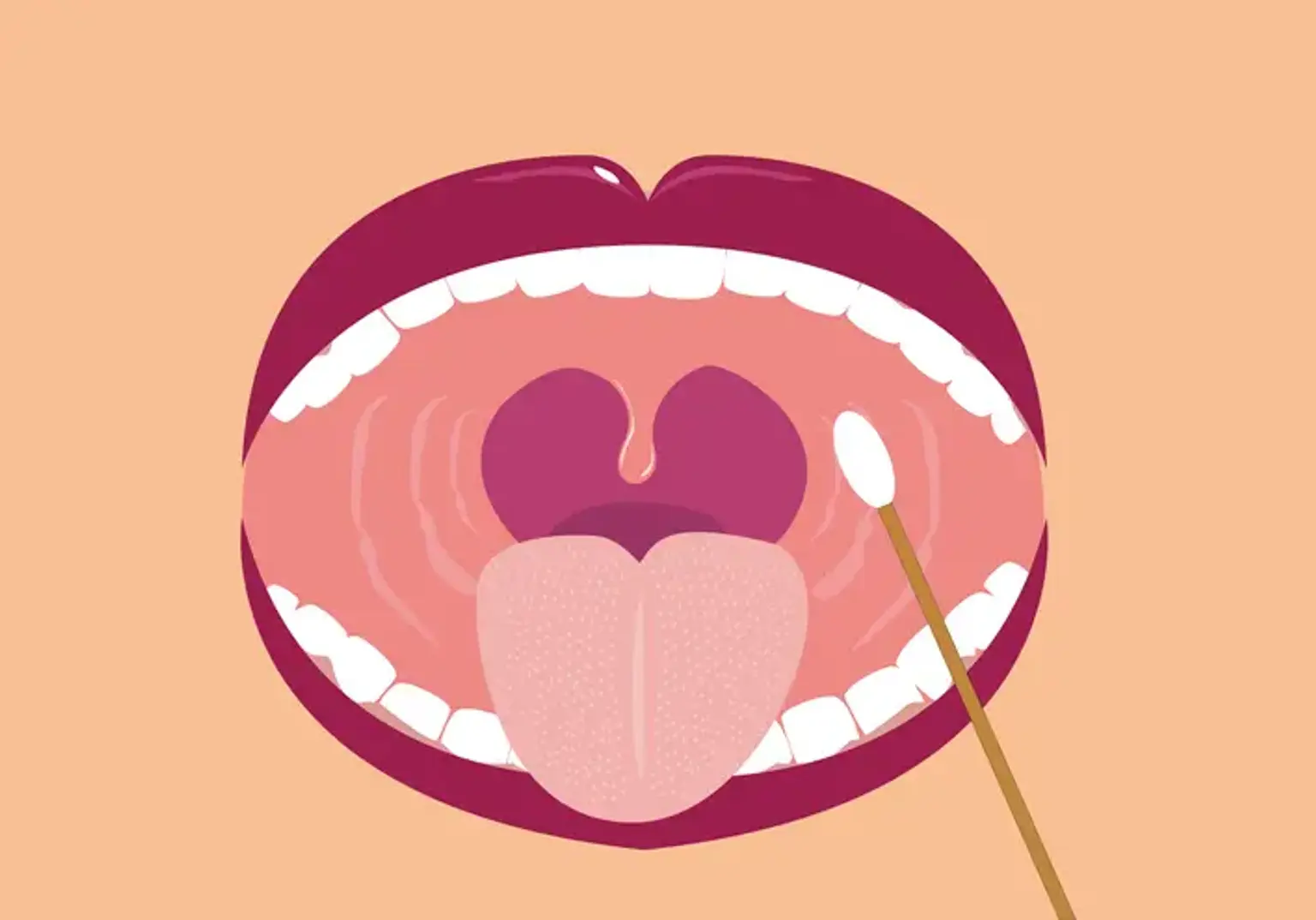Tonsillectomy
Overview
Tonsillectomy is the surgical removal of the tonsils. One of the most popular surgical procedures is tonsillectomy. The tonsils are believed to combat infections. However, in many youngsters, the glands themselves can grow big and inflamed, causing a slew of infections and sick days. When this occurs, your child's doctor may decide that removing them is preferable to combat the infections that swollen tonsils may bring.
